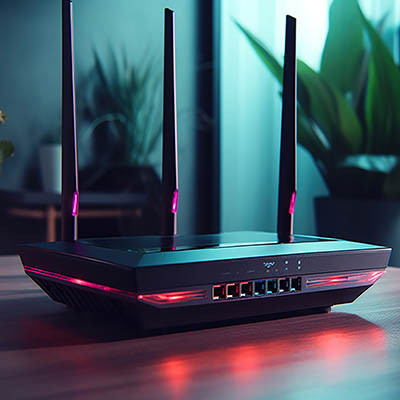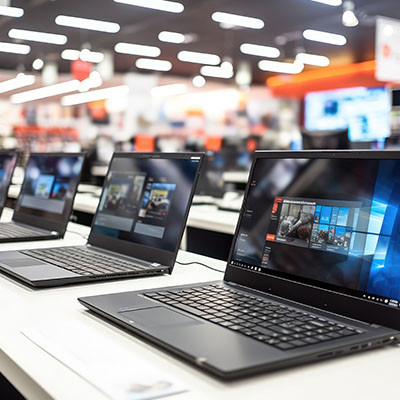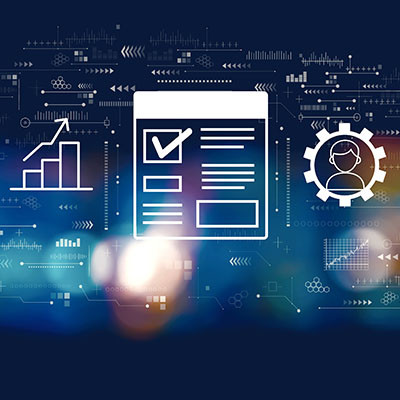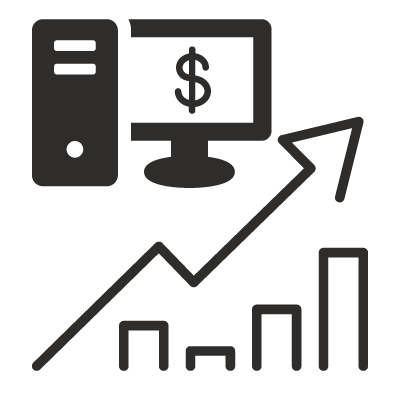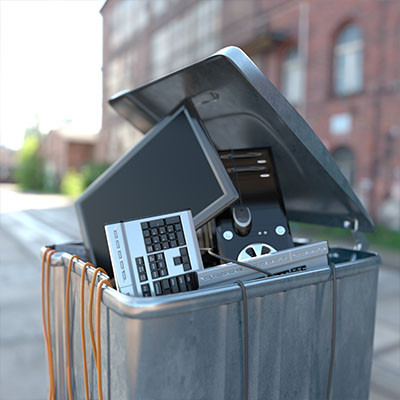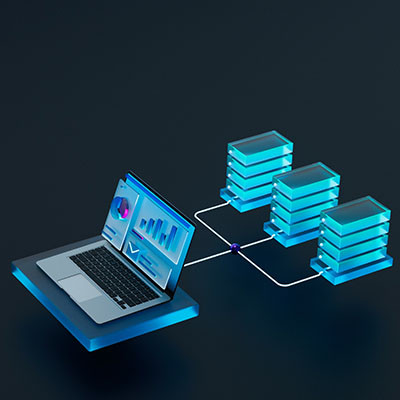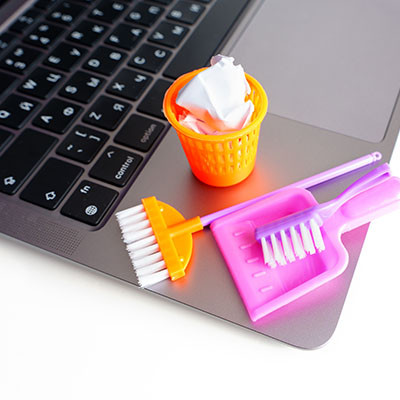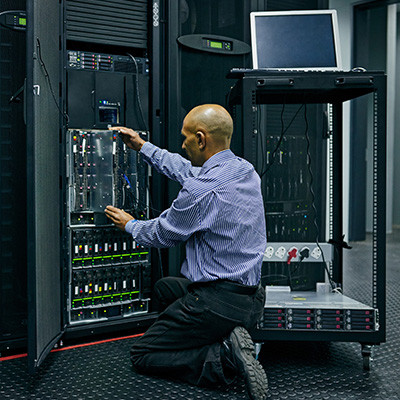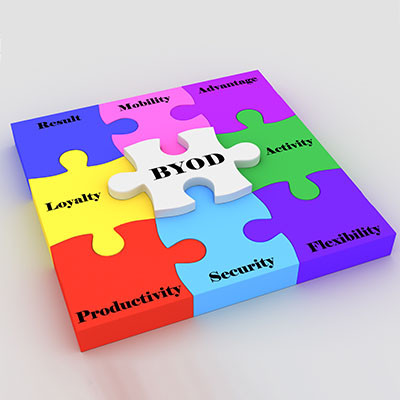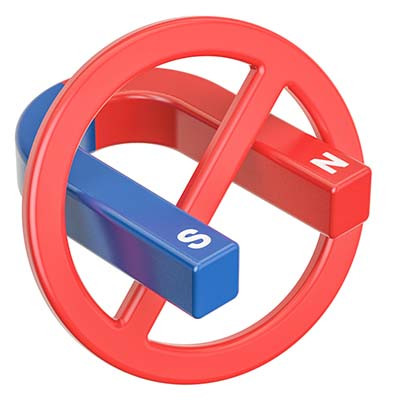Network hubs, network switches, network routers… What does it all even mean? All of these devices and terms can be confusing, and to some, they might even be interchangeable. However, the fact remains that they all serve different purposes, and some might not be the right solution for your business’ needs. Today, we want to break down the differences and when you might consider one over the other for your infrastructure.
Datalyst Blog
A lot goes into a successful network security strategy, and when there isn’t a clear head honcho at the top of the chain of command (from a network security standpoint, anyway), things can get a little murky. The security that comes from a modern firewall, however, is vital, and all businesses should strive to implement it. Here are the four key elements of a modern cybersecurity strategy and how a modern firewall contributes to the digital security of your business.
Your Point of Sale (POS) system does more than ring up sales, it’s the control center that keeps your entire operation running. From processing payments to managing inventory and generating reports, it plays a vital role in your daily business flow. Like any technology, a POS system can get old, glitchy, or just fall behind. If you’ve been questioning whether yours is still doing the job, here are five clear signs that it’s time to move on and upgrade to something better.
Over the last few years, we’ve seen some very significant price increases for computing hardware. Back in 2011, major floods in Thailand caused a hard drive shortage and caused prices to shoot upwards. At the start of the COVID-19 pandemic, work-from-home peripherals like webcams, headsets, and docking stations were sometimes hard to get and sold at a premium. When the crypto world started buying entire data centers of Nvidia GPUs, the cost of high-end PCs and gaming PCs started to skyrocket.
2025 in particular is going to be an interesting year when it comes to the cost of typical office hardware, and experts are urging that business owners get ahead of the game to avoid exceeding their projected budget.
As a provider of information technology services and support, a big part of our job is helping the businesses we work with make the best decisions regarding their critical IT. This responsibility means we often provide an advisory role to business leaders.
In that role, we strongly advise that you make any intended technology purchases and upgrades right now… because if you wait, you may have no good options left.
Nostalgia is a powerful force. It can drive us to look to the past for things we once loved, such as the music we listened to over the years. However, what if the music you loved was lost forever?
This could be the case for many, as older hard drives that archive this music have been discovered to have failed. Let’s examine the situation to see what lessons any small-to-medium-sized business can learn.
Your computer has a brain, of sorts, in its CPU… a tiny square that literally enables everything the device does, as it processes billions of instructions at a time. Of course, to support this on such a relatively tiny piece of hardware, most CPUs are packed with microscopic transistors—these transistors being small enough to fit hundreds on a single blood cell.
As you might imagine, this means things can go wrong pretty easily… and gone wrong, things have. Many newer computers are suffering from a bug that could cause permanent damage to the CPU… and if you don’t take steps fast, it could be too late.
Is your business frequently grappling with the challenges of implementing new solutions, whether software or hardware? Consider harnessing the power of virtualization in the cloud to address these issues head-on. With the right tools, virtualization can open up remarkable opportunities to enhance your business' operations while bolstering its security and flexibility.
We’re at a weird point in the technology world (but honestly, when is it not at least a little convoluted?). Right now, modern technology has been slowly shifting between a few different technologies and consumers and businesses are stuck in the middle trying to figure out what to do and how to future-proof their hardware investments.
Every organization, whether it’s a farm with a stable full of horses or an office with a stable filled with people, depends on its access to the Internet. Most people take for granted their ability to connect whether it be with their smartphone via Wi-Fi or their workstation, which is typically hardwired. There is a whole infrastructure behind the near ubiquitous Internet access you enjoy. Today, we will go through some of the essential hardware needed.
Let’s face it; running a business can be expensive, and taking any measures possible to mitigate those costs can have huge benefits for your bottom line. One way companies are minimizing costs is by implementing a Bring Your Own Device policy, or BYOD, to allow employees to use their own personal devices for work purposes. We’re here to help you do so without putting security at risk.
For millions of people, the rubber ducky is a benign reminder of childhood. Depending on when you were a child, the rendition of Sesame Street’s Ernie singing “Rubber Duckie, you’re the one,” is ingrained in your mind every time you hear the term. Unfortunately, the Rubber Ducky we are going to tell you about today has only fond recollection for people who are looking to breach networks they aren’t authorized to access or deliver malware payloads that are designed to cause havoc.

